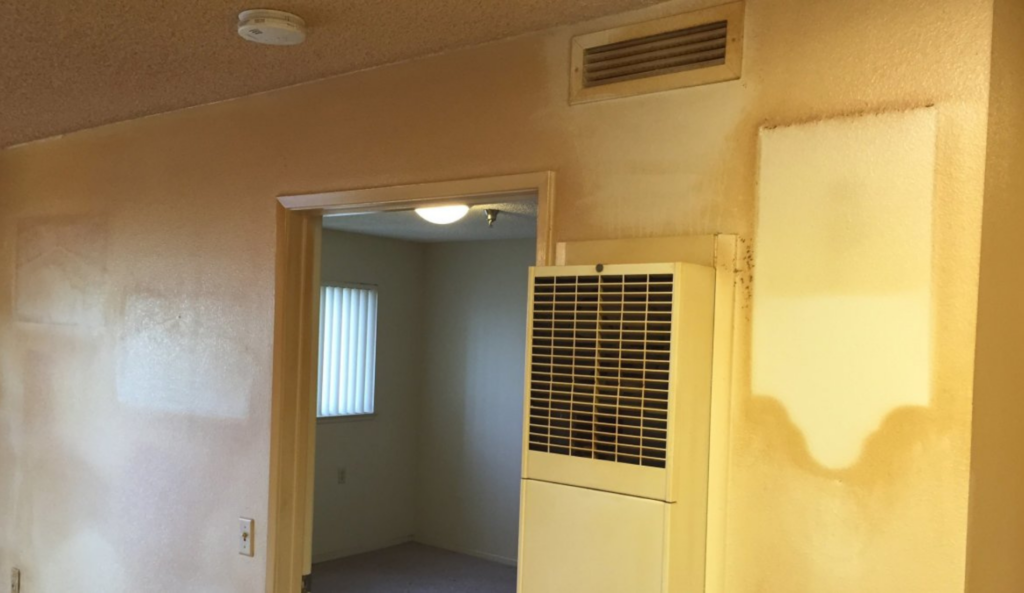Smoke damage in your home is both unsightly and unhealthy. Whether it’s from a fire, smoking indoors, or a cooking mishap, the residue and persistent odor can linger for months if not treated properly. Painting over smoke damage can help restore your walls and ceilings, but it’s not as simple as applying a fresh coat of paint. The process involves thorough preparation and the right tools to ensure the odors and stains are effectively sealed and removed.
Here’s a detailed guide for homeowners on how to eliminate smoke damage using paint, along with actionable steps, safety precautions, and solutions to potential challenges.
Why Paint is Part of the Solution
Smoke particles embed themselves into surfaces, leaving behind stains and odors that are tough to erase. While cleaning is essential in tackling the initial damage, applying the right primer and paint is key to sealing off residue and completely restoring your walls. This two-pronged approach not only rejuvenates the aesthetic of your space but also ensures long-term odor management.
Step-by-Step Process for Eliminating Smoke Damage with Paint
1. Assess the Extent of the Damage
Begin by evaluating the areas affected by smoke damage. Look for:
- Visible stains (yellowish or greasy patches)
- Areas with peeling or bubbling paint
- The persistence of smoky odors even after cleaning.
This assessment will help you understand the scope of the work and identify whether you need professional assistance or if DIY is feasible.
2. Clean the Affected Surfaces Thoroughly
Before you introduce paint, it’s critical to deep clean the damaged surfaces:
- Use specialized cleaning agents like trisodium phosphate (TSP) to remove greasy smoke residues from the walls and ceilings.
- Work on hard-to-reach areas behind furniture, in corners, or near fixtures.
- Rinse the cleaned surfaces with water to remove chemical residue and allow them to dry completely.
This ensures the primer and paint adhere properly for a flawless finish.
3. Apply a High-Quality Smoke-Sealing Primer
Primer is your best friend when dealing with smoke damage. It not only blocks stains but also prevents odors from penetrating future paint layers.
Opt for a shellac-based primer, such as the White Pigmented Shellac Primer by Sherwin-Williams, which permanently seals in odors from fire and smoke in just one coat. For areas with less severe stains, an oil-based primer is also effective and can be used to block tannin and water stains.
Safety Reminder: Use proper ventilation and a respirator mask when handling shellac primers, as the fumes can be harmful.
4. Choose the Right Paint Colors and Finishes
If the smoke damage changed the appearance of your walls, you might need to rethink your color palette. Neutral or light shades can brighten up the space, while a semi-gloss or satin finish can add durability and make future cleaning easier.
5. Apply Multiple Coats of Paint for Full Coverage
Once the primer is dry, apply your chosen paint. A minimum of two coats is recommended:
- The first coat provides base coverage.
- The second coat enhances durability and color depth.
Allow each layer to dry completely before applying the next to avoid uneven results.
6. Inspect and Touch-Up
After the paint has dried, carefully inspect the treated areas:
- Look for any missed spots or lingering smoke odors.
- Apply additional touch-ups or consider reapplying the primer and paint if necessary.
7. Prevent Future Smoke Damage
To safeguard your home in the future:
- Improve ventilation with exhaust fans and air purifiers.
- Avoid indoor smoking and use kitchen range hoods to minimize smoke buildup during cooking.
- Install smoke detectors to act promptly during emergencies.
Challenges You Might Face During the Process (and How to Overcome Them)
- Hidden Damage: Smoke particles can seep into drywall and wooden surfaces, making it hard to identify the full extent of the issue. Start by treating visible areas and monitor for lingering stains or odors post-restoration.
- Thorough Cleaning: Removing all residue can be tough, particularly in textured walls or ceilings. Invest in high-quality cleaning products like degreasers or consider professional cleaning services for heavily damaged areas.
- Persistent Odors: If the smell persists even after cleaning, consider using commercial odor-eliminating sprays or ozone generators in addition to a smoke-sealing primer.
- Primer Selection: Using the wrong primer can lead to poor results. For severe damage, opt for shellac-based primers, while oil-based primers can work for moderate smoke stains.
Tools and Materials You’ll Need:
- Trisodium phosphate (TSP) cleaner
- High-quality primer (shellac or oil-based)
- Interior paint in the desired color and finish
- Paintbrushes, roller set, and painter’s tape
- Safety gear (respirator mask and gloves)
- Air purifiers or fans for ventilation
Why Use Shellac Primer for Smoke Damage?
Sherwin-Williams’ White Pigmented Shellac Primer is a standout product for eliminating smoke damage. Its quick-drying formula ensures excellent adhesion to a wide range of surfaces and effectively seals out odors and stains in just one coat. Whether it’s smoke from a kitchen accident or more severe fire damage, this primer is a trusted choice among professionals for dealing with smoke-damaged areas.
Hiring the Cova Team to Tackle Your Project
At Cova, we specialize in professional painting services and have extensive experience working with smoke-damaged surfaces. Our team is equipped with the necessary tools and expertise to handle any level of restoration.
Hiring a professional team can save you time, stress, and potential mistakes while ensuring high-quality results. Plus, our trained experts will use top-of-the-line materials like Sherwin-Williams primers to guarantee your satisfaction.
So whether you decide on a DIY approach or enlist our help, remember that tackling smoke damage requires thorough preparation, patience, and careful execution. With these tips and recommendations in mind, you can confidently restore your home and create a fresh start after experiencing fire or smoke damage. For a free consultation, contact Cova Painting Today.


